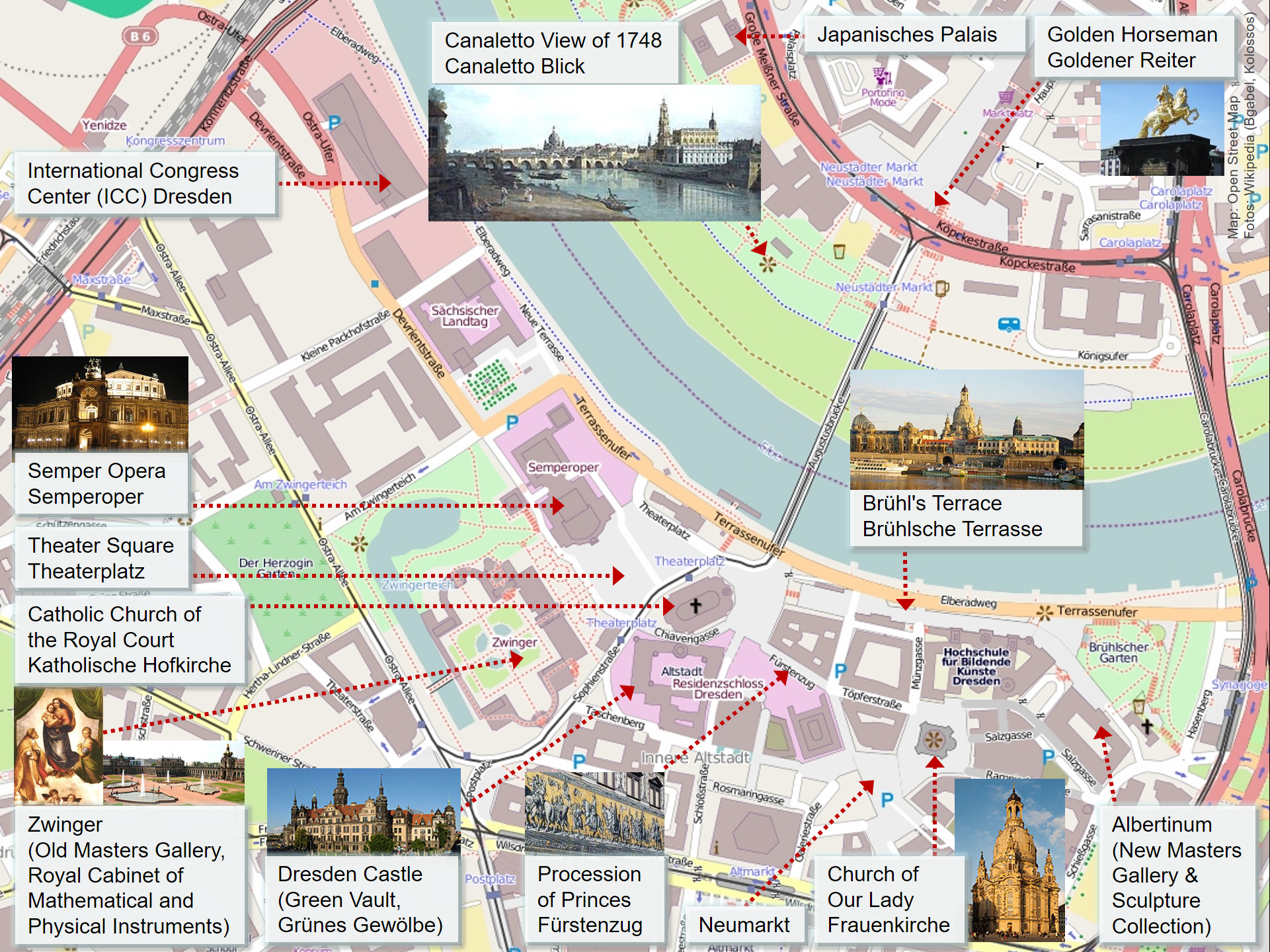|
Bruno Geisler
Bruno Geisler (5 October 1857, Mittelwalde, Kr. Glatz, Silesia – 7 October 1945 Dresden) was a German ornithologist and bird illustrator. Career In 1887, Bruno Geisler began collecting birds in Ceylon and Java with his brother Herbert. In 1890, they moved on to the then German colony New Guinea. Their bird specimens and some ethnographic material were mainly sold to the then zoological-ethnological-anthropological museum in Dresden (now Staatliches Museum für Tierkunde Dresden and Museum of Ethnology Dresden) and to the dealer Wilhelm Schlüter in Halle, Saxony-Anhalt. In 1893, Bruno Geisler became a curator and taxidermist in the Dresden museum. The bird skins collected by Bruno and Herbert were studied by Adolf Bernard Meyer then a professor at the Dresden museum. Bruno was also a bird illustrator. He became also well known for the bird plates in ''The birds of Celebes and the neighbouring islands'' by Adolf Meyer and Lionel William Wiglesworth published in Berlin by R. F ... [...More Info...] [...Related Items...] OR: [Wikipedia] [Google] [Baidu] |
Lionel William Wiglesworth
Lionel William Wiglesworth (February 13, 1865 – June 7, 1901) was an ornithologist who studied birds of Southeast Asia and Polynesia. Wiglesworth published ''The Birds of Celebes and the Neighboring Islands'' in 1898 with Adolf Bernhard Meyer Adolf Bernhard Meyer (11 October 1840, Hamburg – 22 August 1911, Dresden) was a German anthropologist, ornithologist, entomologist, and herpetologist. He served for nearly thirty years as director of the Königlich Zoologisches und Anthropologi .... Together, they described several new bird species, including the dark-eared myza (''Myza celebensis'') and the Banggai fruit dove (''Ptilinopus subgularis''). References Australian ornithologists 1865 births 1901 deaths {{ornithologist-stub ... [...More Info...] [...Related Items...] OR: [Wikipedia] [Google] [Baidu] |
1945 Deaths
1945 marked the end of World War II and the fall of Nazi Germany and the Empire of Japan. It is also the only year in which nuclear weapons have been used in combat. Events Below, the events of World War II have the "WWII" prefix. January * January 1 – WWII: ** Germany begins Operation Bodenplatte, an attempt by the ''Luftwaffe'' to cripple Allied air forces in the Low Countries. ** Chenogne massacre: German prisoners are allegedly killed by American forces near the village of Chenogne, Belgium. * January 6 – WWII: A German offensive recaptures Esztergom, Hungary from the Russians. * January 12 – WWII: The Soviet Union begins the Vistula–Oder Offensive in Eastern Europe, against the German Army. * January 13 – WWII: The Soviet Union begins the East Prussian Offensive, to eliminate German forces in East Prussia. * January 16 – WWII: Adolf Hitler takes residence in the ''Führerbunker'' in Berlin. * January 17 ** WWII: The Soviet Union occupies Warsaw, Polan ... [...More Info...] [...Related Items...] OR: [Wikipedia] [Google] [Baidu] |
German Ornithologists
German(s) may refer to: * Germany (of or related to) **Germania (historical use) * Germans, citizens of Germany, people of German ancestry, or native speakers of the German language ** For citizens of Germany, see also German nationality law **Germanic peoples (Roman times) * German language **any of the Germanic languages * German cuisine, traditional foods of Germany People * German (given name) * German (surname) * Germán, a Spanish name Places * German (parish), Isle of Man * German, Albania, or Gërmej * German, Bulgaria * German, Iran * German, North Macedonia * German, New York, U.S. * Agios Germanos, Greece Other uses * German (mythology), a South Slavic mythological being * Germans (band), a Canadian rock band * "German" (song), a 2019 song by No Money Enterprise * ''The German'', a 2008 short film * "The Germans", an episode of ''Fawlty Towers'' * ''The German'', a nickname for Congolese rebel André Kisase Ngandu See also * Germanic (disambiguation ... [...More Info...] [...Related Items...] OR: [Wikipedia] [Google] [Baidu] |
Specific Name (zoology)
In zoological nomenclature, the specific name (also specific epithet or species epithet) is the second part (the second name) within the scientific name of a species (a binomen). The first part of the name of a species is the name of the genus or the generic name. The rules and regulations governing the giving of a new species name are explained in the article species description. For example, the scientific name for humans is ''Homo sapiens'', which is the species name, consisting of two names: ''Homo'' is the " generic name" (the name of the genus) and ''sapiens'' is the "specific name". Historically, ''specific name'' referred to the combination of what are now called the generic and specific names. Carl Linnaeus, who formalized binomial nomenclature, made explicit distinctions between specific, generic, and trivial names. The generic name was that of the genus, the first in the binomial, the trivial name was the second name in the binomial, and the specific the proper term fo ... [...More Info...] [...Related Items...] OR: [Wikipedia] [Google] [Baidu] |
Dendropsophus Giesleri
''Dendropsophus giesleri'' is a species of frog in the family Hylidae. It is endemic to Brazil. Its natural habitats are subtropical or tropical moist lowland forests, subtropical or tropical moist montane forests, freshwater marshes, and intermittent freshwater marshes. It is threatened by habitat loss. References giesleri Endemic amphibians of Brazil Amphibians described in 1950 Taxonomy articles created by Polbot {{Dendropsophus-stub ... [...More Info...] [...Related Items...] OR: [Wikipedia] [Google] [Baidu] |
Oreophryne Geislerorum
''Oreophryne geislerorum'' (also known as the Madang cross frog) is a species of frog in the family Microhylidae. It is endemic to Papua New Guinea where it is known from the northern coast between the tip of the Huon Peninsula and south and east to Kokoda and Popondetta. The specific name ''geislerorum'' honours two German taxidermists, Bruno Geisler and his brother Herbert Geisler. Description Adult males measure and adult females in snout–vent length. The canthus rostralis is moderately distinct. The tympanum is barely distinct. The fingers and the toes have well-developed terminal disks. The fingers have no webbing whereas the toes have basal webbing. The dorsum is yellowish brown to brown. Darker markings may be present. The ventrum is yellow to grayish white. The male advertisement call is "harsh" with rapidly repeated notes. Individual notes are not discernible to the human ear. The rate of repetition varies considerably between individuals, about 50–135 n ... [...More Info...] [...Related Items...] OR: [Wikipedia] [Google] [Baidu] |
Johann Friedrich Naumann
Johann Friedrich Naumann (14 February 1780 – 15 August 1857) was a German scientist, engraver, and editor. He is regarded as the founder of scientific ornithology in Europe. He published ''The Natural History of German Birds'' (1820–1844) and ''The Eggs of German Birds'' (1818–1828). His father Johann Andreas Naumann (1744–1826) was a naturalist, and his brother Carl Andreas Naumann (1786–1854) was also an ornithologist. The German ornithological society named its journal ''Naumannia''. The lesser kestrel (''Falco naumanni'') is also named for him. Biography Johann Friedrich Naumann was born in Ziebigk, about 10 km southeast of Köthen, on 14 February 1780, as the son of Johann Andreas Naumann, a well-known natural historian. After attending school at Dessau, he returned home and devoted himself to the study of agriculture, botany, geology, and ornithology. His later work was devoted more exclusively to the ornithology of Germany. In 1822 he published his ''Nat ... [...More Info...] [...Related Items...] OR: [Wikipedia] [Google] [Baidu] |
Anton Reichenow
Anton Reichenow (1 August 1847 in Charlottenburg – 6 July 1941 in Hamburg) was a German ornithologist and herpetologist. Reichenow was the son-in-law of Jean Cabanis, and worked at the Natural History Museum of Berlin from 1874 to 1921. He was an expert on African birds, making a collecting expedition to West Africa in 1872 and 1873, and writing ''Die Vögel Afrikas'' (1900–05). He was also an expert on parrots, describing all species then known in his book ''Vogelbilder aus Fernen Zonen: Abbildungen und Beschreibungen der Papageien'' (illustrated by Gustav Mützel, 1839–1893). He also wrote ''Die Vögel der Bismarckinseln'' (1899). He was editor of the '' Journal für Ornithologie'' from 1894 to 1921. A number of birds are named after him, including Reichenow's woodpecker and Reichenow's firefinch. His son Eduard Reichenow was a famous protozoologist. Reichenow is known for his classification of birds into six groups, described as "shortwings, swimmers, stiltbirds, ... [...More Info...] [...Related Items...] OR: [Wikipedia] [Google] [Baidu] |
Adolf Bernhard Meyer
Adolf Bernhard Meyer (11 October 1840, Hamburg – 22 August 1911, Dresden) was a German anthropologist, ornithologist, entomologist, and herpetologist. He served for nearly thirty years as director of the Königlich Zoologisches und Anthropologisch-Ethnographisches Museum (now the natural history museum or Museum für Tierkunde Dresden) in Dresden. He worked on comparative anatomy and appreciated the ideas of evolution, and influenced many German scientists by translating into German the 1858 papers by Darwin and Wallace which first proposed evolution by natural selection. Influenced by the writings of Wallace with whom he interacted, he travelled to Southeast Asia, and collected specimens and recorded his observations from the region. Biography Meyer was born in a wealthy Jewish family in Hamburg as Aron Baruch Meyer, and was educated at the universities of Göttingen, Vienna, Zürich and Berlin. He became director of the Anthropological and Ethnographic Museum in Dresden in 1 ... [...More Info...] [...Related Items...] OR: [Wikipedia] [Google] [Baidu] |
Dresden
Dresden (, ; Upper Saxon: ''Dräsdn''; wen, label=Upper Sorbian, Drježdźany) is the capital city of the German state of Saxony and its second most populous city, after Leipzig. It is the 12th most populous city of Germany, the fourth largest by area (after Berlin, Hamburg and Cologne), and the third most populous city in the area of former East Germany, after Berlin and Leipzig. Dresden's urban area comprises the towns of Freital, Pirna, Radebeul, Meissen, Coswig, Radeberg and Heidenau and has around 790,000 inhabitants. The Dresden metropolitan area has approximately 1.34 million inhabitants. Dresden is the second largest city on the River Elbe after Hamburg. Most of the city's population lives in the Elbe Valley, but a large, albeit very sparsely populated area of the city east of the Elbe lies in the West Lusatian Hill Country and Uplands (the westernmost part of the Sudetes) and thus in Lusatia. Many boroughs west of the Elbe lie in the foreland of th ... [...More Info...] [...Related Items...] OR: [Wikipedia] [Google] [Baidu] |
Adolf Bernard Meyer
Adolf Bernhard Meyer (11 October 1840, Hamburg – 22 August 1911, Dresden) was a German anthropologist, ornithologist, entomologist, and herpetologist. He served for nearly thirty years as director of the Königlich Zoologisches und Anthropologisch-Ethnographisches Museum (now the natural history museum or Museum für Tierkunde Dresden) in Dresden. He worked on comparative anatomy and appreciated the ideas of evolution, and influenced many German scientists by translating into German the 1858 papers by Darwin and Wallace which first proposed evolution by natural selection. Influenced by the writings of Wallace with whom he interacted, he travelled to Southeast Asia, and collected specimens and recorded his observations from the region. Biography Meyer was born in a wealthy Jewish family in Hamburg as Aron Baruch Meyer, and was educated at the universities of Göttingen, Vienna, Zürich and Berlin. He became director of the Anthropological and Ethnographic Museum in Dresden in 1 ... [...More Info...] [...Related Items...] OR: [Wikipedia] [Google] [Baidu] |


